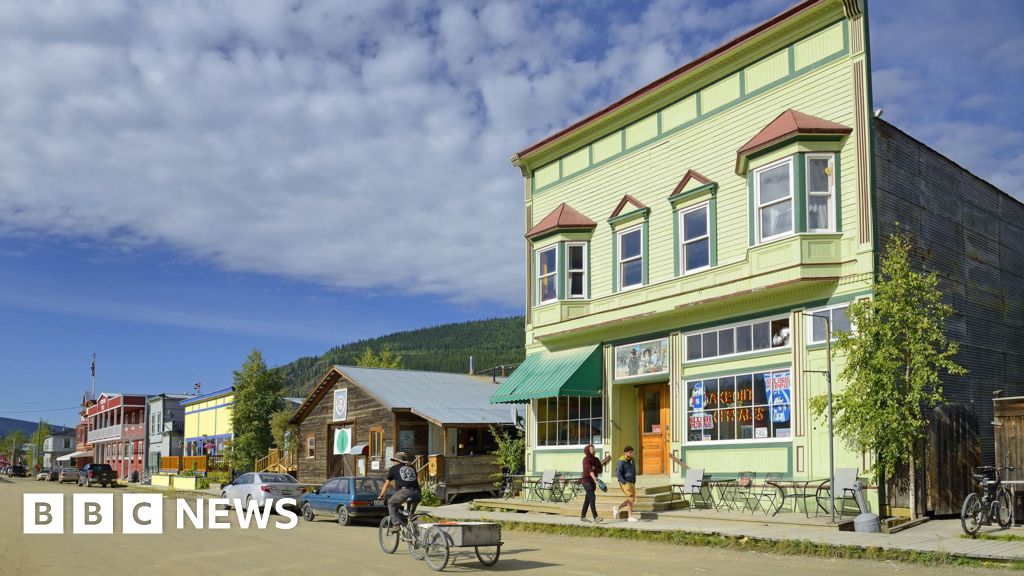We tend to think of older people as devoid of sexual desires. This stereotype can feel particularly scary as we age, especially as we begin to notice sex becoming less and less frequent in our lives. Are we turning into them? Is the era of being youthfully sexual coming to an end?
Midlife can be a time of grief as people look back on the gifts of youth and realize that there is something unknown ahead, particularly when it comes to our relationships. Many midlifers are partnered or married and navigating the demands of parenthood, or they’re divorced and dating again. All of these midlife circumstances make sex more challenging. Luckily, new research is helping to illuminate what sex later in life can actually look like, and we should all take notes. Sex in older age doesn’t have to be bleak and scary if we all embrace the changes that will likely come for us all.
Read More: This Is the Age When Your Self-Esteem Is Highest
In our 20s and 30s, the focus of sex tends to be more exploratory. It’s a time to figure out what (and who) we like. There’s also hormonal support for these pursuits, which might explain why the average American in their 20s has sex four to five times a week. Relationships may come and go, but the drive for sex can remain constant. But midlife is a period for slowing down, and potentially even narrowing down partners. Couples who met in their 20s or 30s and had really active sex may then be disappointed by their sex life over time.
Sexual functioning starts to change for a lot of people in their late 30s and early 40s. Hormonal shifts and aging bring with them a whole host of physiological changes that impact our sex lives. Women experiencing perimenopause and menopause are often troubled by their loss of libido and decrease in vaginal lubrication. Men may agonize over their lack of reliable erections or avoid sex because of the uncertainty it inspires. When sexual interest feels different or dies down, it can make couples want to give up on sex completely. Navigating age-related sexual changes can be difficult, so much so that some couples choose to be sexless. But, these changes don’t necessarily mean the end of their sex life.
In January 2024, Cosmopolitan, in collaboration with The Kinsey Institute,published survey results collected from 3,000 women over 60. Their Sex After 60 digital issue was created to show that older people are sexual, but the ways in which they are may look different from other phases of life. Overall, 21% of participants had sex in the last year. Just over half (53%) of participants between the ages of 63 and 74 had partnered sex at least once in the previous year. Results show that frequency decreases with age. But while sexual frequency declines, quality may increase. The study reveals that some women have increased confidence communicating their sexual needs because they are more self-aware of their bodies and their desires. They may also experience better orgasms, partly due to this ability to speak up for their needs. To put a finer point on this, 57% of survey respondents said they always or almost always orgasm with their partner. This isn’t bad, considering the pervasive orgasm gap that exists between heterosexual women and their male partners. Perhaps that’s because in older age, people rely less on penetrative sex alone and strive for more than just orgasms.
With less reliable erections and maybe even the inability to ejaculate, sex in later life for men can be very different. Of course, some men opt for medical interventions like Viagra, but not all men benefit from taking a pill. Instead they may rely less on sexual activities that require an erection. Perhaps couples explore more nonsexual intimacy, schedule sex play dates, engage in erotic massage and even nonmonogamy. There can be a shift to what’s called “outercourse” and a focus on sex being a shared activity, rather than something with an end goal. Mutual masturbation, oral sex, and focusing on other parts of the body can be a welcome change. In the Cosmo-Kinsey study, 60% of respondents agreed that intercourse isn’t necessary for a satisfying sexual experience. This shows how much our ideas about sex can shift as we age.
Read More: When Makeup Sex Isn’t a Good Idea
Our sexuality is something that we cultivate throughout our entire life, and we don’t stop being sexual at a certain age. It’s not surprising, then, that older people still enjoy masturbation, fantasy, watching porn, reading erotica, dating, and yes, hooking up. For some, sex later in life comes with a certain amount of freedom. On an episode of my podcast, How’s Your Sex Life?, I spoke with former This American Life producer and host of The Dream podcast, Jane Marie. Jane is a single mom who is twice divorced. When we spoke she had just had sex for the first time after a couple years. She shared that sex and dating in midlife has been great for her. She touts the joys of being on hormone replacement therapy (HRT) and not having to worry about getting pregnant. Rather than thinking of HRT as something to just relieve symptoms of perimenopause, she sees it as a way to experience sex anew, without the stress of youth. I’ve seen similar responses in clients of mine who have had hysterectomies and are surprised by how freeing sex can be.
We all have to do some work to reimagine what sex in older age looks like. For midlifers just starting to see changes in their sexual desires and functioning, this is an opportunity to let go of all the assumptions you had about what makes someone sexually viable or the kind of sex you had in your 20s. There is a world of sexuality that may look and feel differently than it did when you were younger, but it could also remain something that helps you stay intimately connected to your partners and yourself for life.

 6 months ago
27
6 months ago
27









